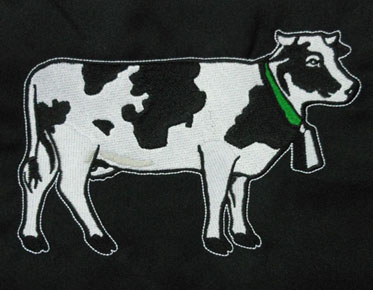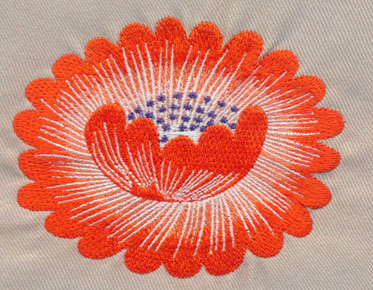Things to Know Digitizing for Embroidery
In a world of digitalization,
embroidery is also moving forward. The file is converted to an embroidery
machine that can interpret a series of instructions for sewing thread in a
specific way. Good digitalization is an art form, and it's the key to beautiful
embroidery design.
If you've ever studied embroidered
clothing (for sports teams, company logos, or any other use), digitization is
probably part of the discussion. No, the salesperson you talked to did not try
to blackmail you by charging you for digital design. Digitization is a
necessary condition for embroidery design on clothing. What we say is
"necessary" is not a mandatory holiday fee charged by the hotel to
let you get something you don't need. We talk about "necessity" just
like "necessity" or "necessity". Without digital files, the
embroidery machine cannot work.
Find the digitizing embroidery file
Digitizing files is usually not
something you have. One exception is if you have created a file before and the
company that created it sends it to you. When a graphic design company makes a
logo or design for you, digital files will not be included. They are completely
different from vector art files. Digital files are only used by commercial
embroidery machines. If you don't have the right software (usually not), you
can't even open a file to view it. In most cases, if you do have digitized
files, you will also have a "run table". This is usually a PDF file.
It shows the thread color and sequence of embroidery design to the embroidery
machine operator.
Digitizing instruction
The instructions in the digital
embroidery file contain extremely detailed instructions. The following topics
cover the main aspects of digitizing files.
Underlay
The bottom stitch is the initial
stitch in the design. These special seams hold the fabric to the backing. They
also lay down the fabric of the clothes, so the main part of the design is at
the top.
Path
The digitizer determines the path of
the embroidery. The embroidery path tells the machine where to start and stop
the design. In addition, it explains the embroidery sequence of each part of
the design. For example, it tells the machine to sew the designed filler, and
then sew the border on the edge. Otherwise, it will look strange after the
design is completed. This leads to the next aspect, pull compensation.
Pull Compensation
Pull comp is a way for embroidery to
compensate different fabric types. Some fabrics do not stretch at all. For
example, leather is very hard. Other fabrics are extremely elastic. For
example, polyester/spandex polo shirts are more elastic than cotton T-shirts.
Adjusting the pull comp allows the design to be stitched correctly on different
fabrics.
Stitch type
Next, the digitized file contains
instructions on which stitch types to use in your design. Running, satin and
filling stitch are the three main types of embroidery stitch. Continuous stitch
is a continuous stitch of line width. It is used for the smallest parts of the
design, such as thin borders and text. Satin stitch is more common. It is often
used for most text, some details, and thick borders. Finally, there is a
filling stitch. This is exactly what it sounds like. The filling stitch is a
tightly compacted stitch used to cover a large area of the design. There are
many changes in filling stitch. By sewing lines in different directions, you
can strategically use filling stitches to create patterns in the design.
The instructions in the digitized file
are very accurate for each job. In many cases, a new file is required for each
clothing type. For example, printing designs on baseball caps, hoodies, and
polo shirts requires three unique digital files.
Digitizing software and embroidery
files
Pulse and Wilcom are two of the most
popular digital software packages. Many other companies make digital software.
If the software can generate. dst files, we can use it on our embroidery
machine. Please note that we cannot edit any file other than the native. pxf
file. In other words, if you provide us with a. dst file and need to change
something in the file, we may not be able to make changes. You may need to send
us new files.
When you need to digitize your custom
embroidery design, you have two choices. First, the ideal approach is to let us
digitize your design. All our digital expenses include sewing expenses. We will
digitize and sew the design. If we think it needs to be adjusted, we will make
changes and re stitch. We will repeat this process until we are satisfied.


